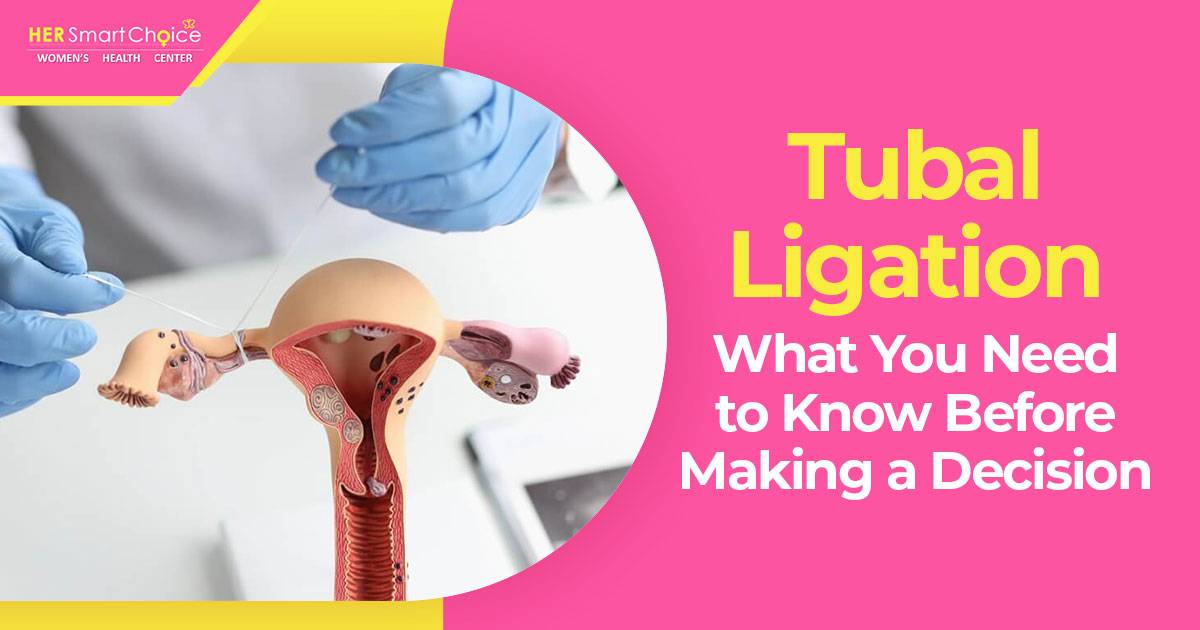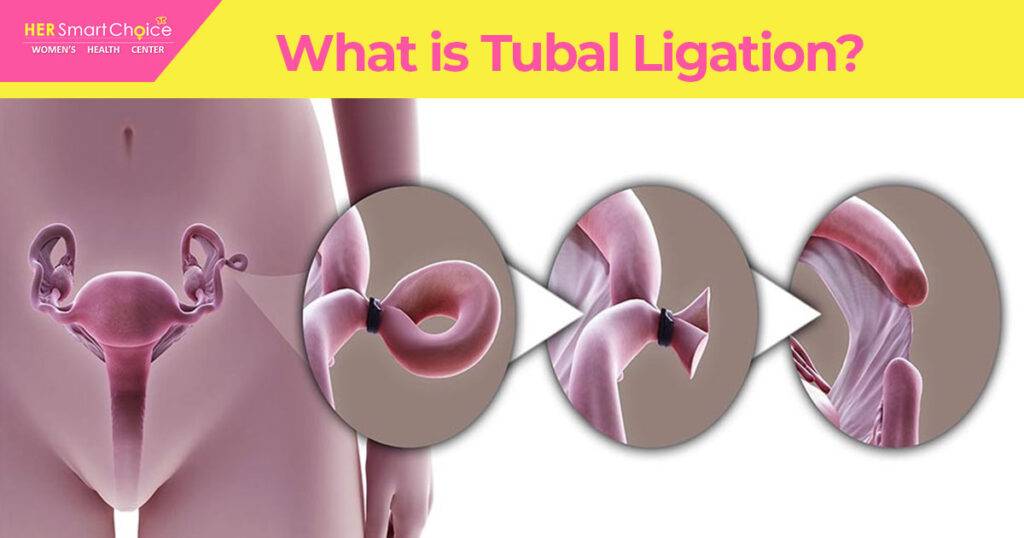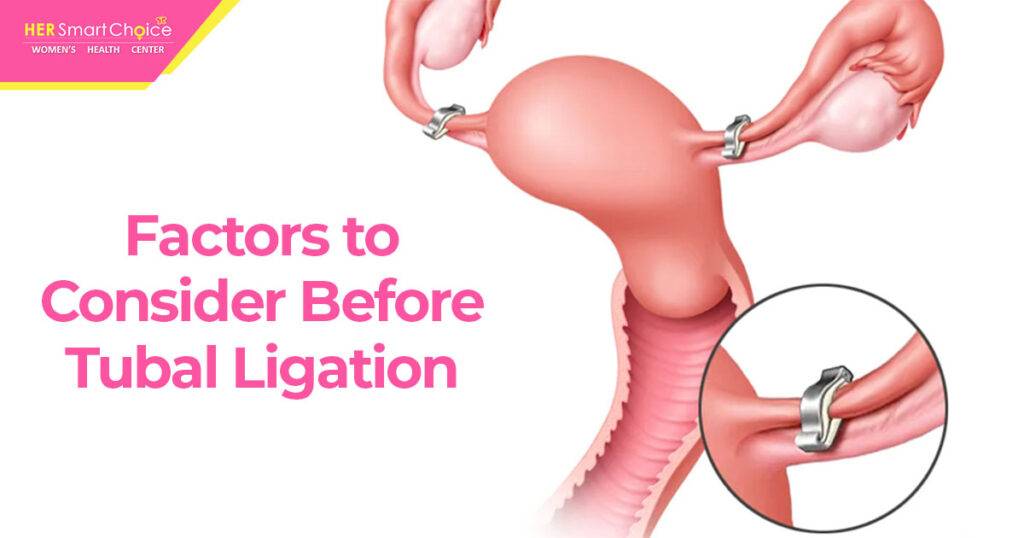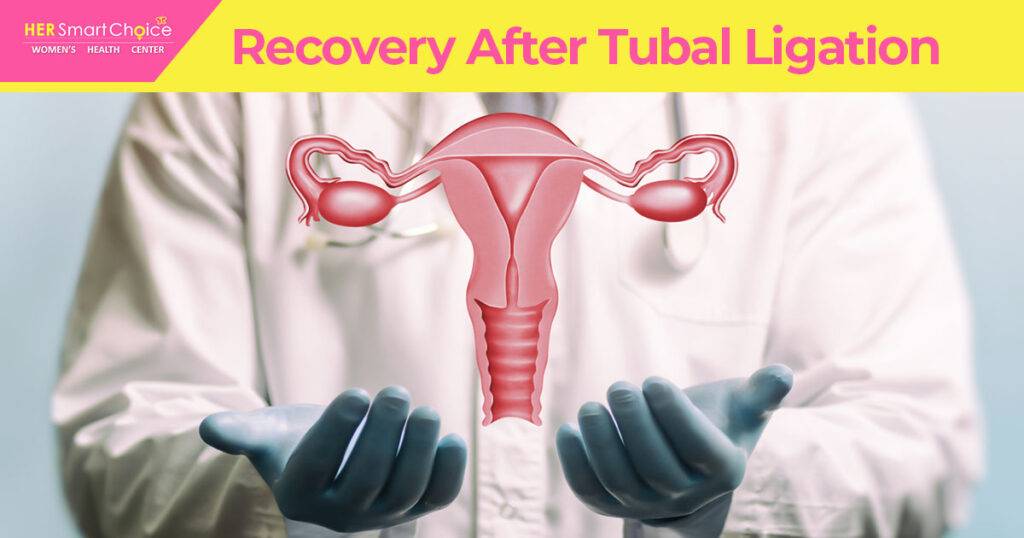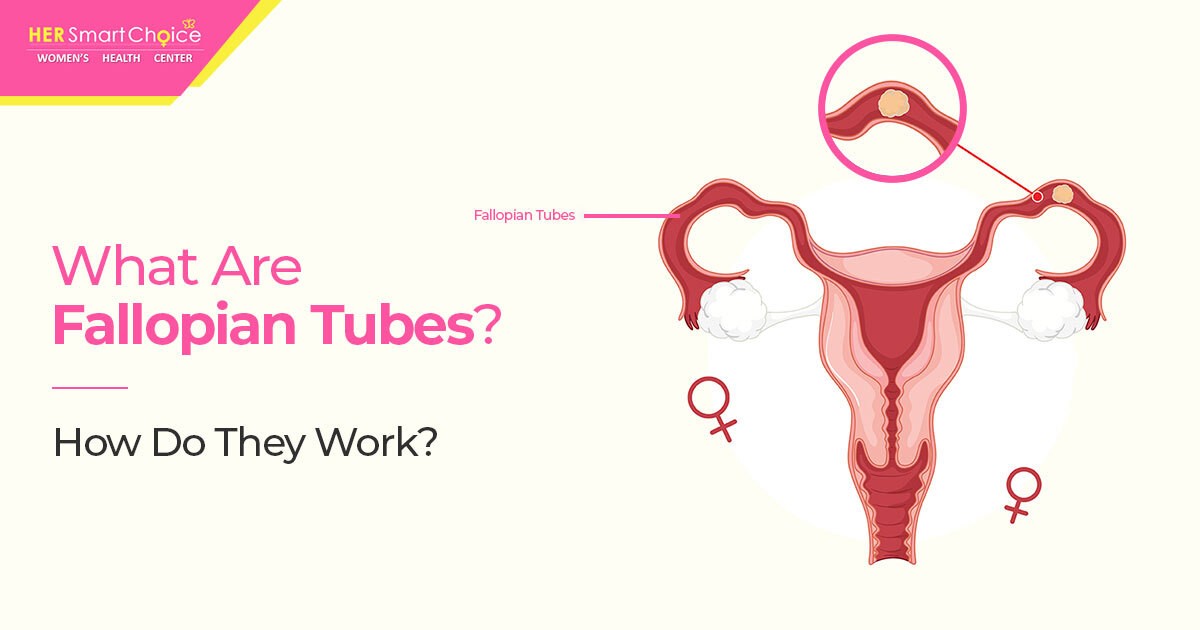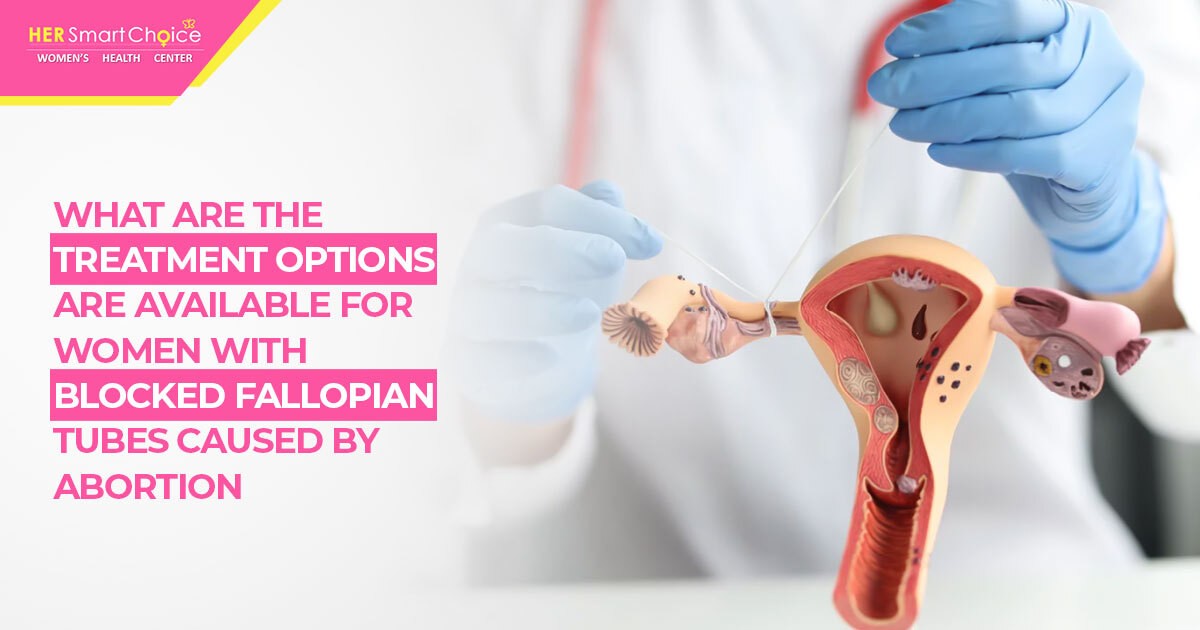Pregnancy After Tubal Ligation: What You Need to Know
Tubal ligation is a permanent birth control method that blocks the fallopian tubes. While highly effective, it isn’t 100% foolproof. Understanding the actual likelihood of pregnancy after this procedure, recognizing the signs and risks, and exploring your future fertility options can help you make informed decisions. This guide explains the procedure and its reversibility, failure rates by age and method, signs of pregnancy and ectopic pregnancy, and your options for prevention or future fertility.
Follow Us!
What Is Tubal Ligation and How Does It Prevent Pregnancy?
Tubal ligation is a surgical procedure for permanent birth control where a doctor closes off or removes sections of your fallopian tubes. This prevents eggs from traveling from your ovaries to your uterus and blocks sperm from reaching the egg, thus preventing fertilization and pregnancy. By creating a permanent barrier in the fallopian tubes, it provides reliable contraception and may also lower the risk of ovarian cancer if parts of the tubes are removed (salpingectomy). Bilateral tubal ligation may be a suitable option for those considering this form of permanent birth control.
What Are the Different Methods of Tubal Ligation?
Doctors use four primary techniques to block or sever the fallopian tubes:
- Filshie Clips: Tiny clamps are placed on each tube to pinch them shut, preventing the passage of eggs and sperm without removing much tissue.
- Ring (Band) Application: Silicone or latex bands are looped around and tightened on the tubes, causing scar tissue to form and permanently seal them.
- Bipolar Electrocautery: An electrical current is used to heat and seal shut sections of the fallopian tubes.
- Salpingectomy: One or both fallopian tubes are completely removed. This method offers the lowest chance of failure.
Each method aims for permanent blockage but differs in how invasive it is, how long recovery takes, and its potential long-term effects on ovarian health. Knowing these methods helps in understanding how failure rates can vary by technique and patient age.
How Do Fallopian Tubes Function in Fertility?
The fallopian tubes are crucial pathways connecting your ovaries to your uterus. They capture the egg released from the ovary and are typically where fertilization by sperm occurs. Tiny, hair-like cells (cilia) and muscle contractions within the tubes help move the egg towards the uterus for potential implantation. By cutting, tying, or removing parts of these tubes, tubal ligation interrupts this vital process, stopping the egg and sperm from meeting and preventing pregnancy. Understanding this anatomy helps explain why any chance of the tubes reconnecting (recanalization) could lead to pregnancy or an ectopic pregnancy.
What Are the Long-Term Effects and Risks of Tubal Ligation?
Tubal ligation provides permanent birth control and can reduce the risk of ovarian cancer by limiting exposure of the ovaries to potential carcinogens. However, there are long-term considerations:
- Tubal Ligation Failure: Though uncommon, the tubes can sometimes reconnect (recanalization) or form abnormal pathways, allowing pregnancy to occur.
- Post-Tubal Ligation Syndrome (PTLS): Some individuals report changes like irregular periods, pelvic pain, or hormonal shifts after the procedure, although a direct cause-and-effect link is still debated.
- Ectopic Pregnancy Risk: If pregnancy does occur after tubal ligation, there’s a higher chance it will implant outside the uterus, most often in the remaining part of the fallopian tube.
Weighing these potential outcomes against the benefits of permanent contraception is important for setting realistic expectations.
How Common Is Pregnancy After Tubal Ligation?
Getting pregnant after tubal ligation is rare. Over a 10-year period, the failure rate is typically between 0.4% and 1%. Factors influencing this risk include the specific method used for ligation, how precisely the surgery was performed, and the age of the woman at the time of the procedure.
What Is the Tubal Ligation Failure Rate by Method and Age?
The likelihood of failure can differ based on the ligation method and the patient’s age when the procedure was done:
| Method | 10-Year Failure Rate | Impact of Patient Age |
|---|---|---|
| Filshie Clips | 1% – 2% | Higher risk if done under age 30 |
| Ring (Band) | 1% – 2% | Increased chance of tubes reconnecting |
| Bipolar Electrocautery | 0.5% – 1.5% | Age effect is moderate |
| Salpingectomy | Less than 0.1% | Very low failure rate |
Women who undergo tubal ligation before age 30 tend to have about twice the failure rate compared to those over 35. This is because younger women’s tissues heal more robustly, potentially allowing the tubes to reconnect. Understanding these statistics helps set realistic expectations about the possibility of pregnancy after tubal ligation.
Pregnancy After Tubal Ligation May Be More Common Than Expected
A recent study analyzing data from the National Survey of Family Growth (2002-2015) found that 3% to 5% of women in the U.S. who underwent tubal sterilization later reported an unplanned pregnancy. This suggests that tubal surgery may be less effective than previously thought, with a 10-year failure rate estimated at 8.4% in the most recent survey wave (2013-2015).
This research directly supports the article’s discussion on the real-world probability and updated statistics of pregnancy after tubal ligation, indicating potentially higher failure rates than older estimates.
What Causes Tubal Ligation to Fail?
Several factors can lead to tubal ligation failure:
- Recanalization: The severed ends of the fallopian tubes can grow back together or form a new connection.
- Incomplete Occlusion: If clips or bands are not perfectly placed, tiny openings might remain, allowing sperm or eggs to pass through.
- Surgical Error: If a section of the tube is missed or not adequately sealed during surgery, it might remain functional.
These potential failure points highlight why there’s always a small, though real, chance of pregnancy even after sterilization.
How Does Younger Age Affect Pregnancy Risk After Tubal Ligation?
Women who have tubal ligation before the age of 30 generally have a higher risk of the procedure failing. This is because their bodies have a stronger capacity for tissue regeneration and healing, which can lead to the tubes reconnecting over time. Additionally, being younger means having more years of potential fertility ahead, increasing the cumulative chance of pregnancy over a lifetime, even after sterilization.
What Are the Signs and Symptoms of Pregnancy After Tubal Ligation?
The early signs of pregnancy after tubal ligation are similar to those of a typical pregnancy. However, because of the increased risk of ectopic pregnancy, any suspected pregnancy should be evaluated by a doctor promptly.
How Can You Confirm Pregnancy After Tubal Ligation?
You can detect pregnancy as early as 7–10 days after conception using a home urine test or a blood test, both of which detect the pregnancy hormone hCG. A doctor can confirm the pregnancy and, importantly, check its location using a transvaginal ultrasound. This helps rule out an ectopic pregnancy. Early testing and imaging are crucial for accurate diagnosis and management.
What Are the Early Signs of Pregnancy With Tubes Tied?
Common early pregnancy symptoms include:
- Missed Menstrual Period – A sudden absence of your period can indicate pregnancy.
- Nausea and Vomiting (Morning Sickness) – Hormonal changes can cause stomach upset.
- Breast Tenderness – Your breasts may become swollen and sensitive due to hormonal shifts.
If you experience these symptoms and have had tubal ligation, it’s important to take a pregnancy test and consult your doctor to confirm if you are pregnant and where the pregnancy is located.
When Should You Seek Medical Advice for Pregnancy Symptoms?
If you have a positive pregnancy test after tubal ligation, seek immediate medical attention if you experience any of the following:
- Severe or persistent pain in your abdomen or pelvis
- Unusual vaginal bleeding or spotting
- Pain in your shoulder tip, or feeling faint or dizzy
These symptoms could indicate an ectopic pregnancy, which is a serious medical emergency requiring prompt treatment to prevent life-threatening complications.
Ectopic Pregnancy After Tubal Ligation: Symptoms & Risks
An ectopic pregnancy occurs when a fertilized egg implants outside the uterus, most commonly in a fallopian tube that may have been narrowed or scarred by a previous tubal ligation. This is a dangerous condition that requires immediate medical attention.
Why Does Ectopic Pregnancy Occur After Tubal Ligation?
Even after tubal ligation, a small opening or a partial reconnection in the fallopian tube can sometimes allow sperm to reach an egg. If fertilization occurs, the tube might be too narrow or scarred for the fertilized egg to travel to the uterus. This can cause the egg to implant within the tube itself, leading to an ectopic pregnancy.
The Risk of Ectopic Pregnancy after Tubal Sterilization
The U.S. Collaborative Review of Sterilization (CREST) study, a multi-center prospective cohort study, reported a 10-year cumulative probability of ectopic pregnancy of 7.3 per 1000 procedures for all tubal sterilization methods combined. The study highlighted that this risk varied significantly by sterilization method and the woman’s age, with bipolar coagulation and younger age (under 30) being associated with higher probabilities. Check more.
This provides foundational data for the article’s section on the risk of ectopic pregnancy after tubal ligation, including how method and age factors influence this risk.
What Are the Warning Signs of Ectopic Pregnancy After Tubal Ligation?

Key symptoms that may indicate an ectopic pregnancy include:
- A sharp, stabbing, or cramping pain in one side of your lower abdomen or pelvis
- Vaginal bleeding that is different from your normal period, such as being lighter, heavier, or occurring at an unusual time
- Pain in your shoulder tip, especially when lying down (this can be a sign of internal bleeding)
- Feeling dizzy, weak, or faint
Recognizing these warning signs is critical, as an ectopic pregnancy is a medical emergency that requires immediate attention.
How Is Ectopic Pregnancy Diagnosed and Treated?
Doctors diagnose ectopic pregnancy by measuring hCG levels in your blood and using a transvaginal ultrasound to locate the pregnancy. Treatment depends on how far along the pregnancy is and whether it has ruptured:
- Methotrexate Injection: This medication can be used in early, unruptured ectopic pregnancies to stop the growth of the pregnancy tissue.
- Laparoscopic Surgery: If the pregnancy is more advanced, has ruptured, or methotrexate is not suitable, surgery is performed to remove the ectopic tissue. This may involve repairing the tube or removing it (salpingectomy).
Prompt diagnosis and treatment are essential to prevent serious complications like severe bleeding.
When Is Ectopic Pregnancy a Medical Emergency?
An ectopic pregnancy becomes a critical emergency if you experience:
- Sudden, severe, unbearable abdominal or pelvic pain
- Signs of shock, such as a very fast heartbeat, clammy skin, low blood pressure, or feeling like you might pass out
- Heavy, uncontrolled vaginal bleeding
In these situations, you need immediate emergency medical care to stop bleeding and stabilize your condition.
What Are the Options for Future Pregnancy After Tubal Ligation?
If you decide you want to have children after tubal ligation, you can explore options like microsurgical reversal of the tubes or assisted reproductive technologies, tailored to your individual health and age.
How Does Tubal Ligation Reversal Work and Who Is a Candidate?
Tubal reversal is a microsurgery that reconnects the separated ends of your fallopian tubes. The best candidates are typically those who have a good length of remaining healthy tube, minimal scarring, and good ovarian function. The success of the reversal depends on factors like the original method of ligation, how long ago it was done, and the surgeon’s skill.
What Are the Success Rates of Tubal Ligation Reversal by Age?
A woman’s age significantly impacts the success rates of tubal reversal:
| Age Group | Pregnancy Rate Post-Reversal |
|---|---|
| Under 35 years | 70% – 80% |
| 35–40 years | 50% – 60% |
| Over 40 years | 30% – 40% |
Factors Affecting the Pregnancy Rate After Microsurgical Reversal of Tubal Ligation
A study investigating factors influencing pregnancy rates after microsurgical tubal recanalization reported an overall pregnancy rate of 67.7%. The success of the operation was significantly determined by the patient’s age, the method of previous ligation, and the remaining length of the fallopian tube, with younger women generally experiencing higher age-adjusted pregnancy rates.
This research supports the article’s discussion on the success rates of tubal ligation reversal and the significant impact of age on fertility restoration outcomes.
How Does In Vitro Fertilization (IVF) Compare to Tubal Reversal?
Comparing IVF and tubal reversal shows different approaches to achieving pregnancy:
| Factor | Tubal Reversal | IVF |
|---|---|---|
| Success Rate | 50% – 80% (depends on age) | 40% – 55% per cycle (for women under 35) |
| Time to Pregnancy | 6–12 months for recovery and conception | 1–3 months per cycle |
| Invasiveness | Surgical procedure | Involves hormone stimulation and egg retrieval |
| Estimated Cost | $7,000 – $15,000 for surgery | $10,000 – $15,000 per cycle |
| Repeatability | A one-time procedure | Multiple cycles can be attempted |
Which Option Is Best: Tubal Reversal or IVF?
The best choice between tubal reversal and IVF depends on your age, the condition of your remaining fallopian tubes, your budget, and your personal preferences. Younger women with healthy, long segments of fallopian tubes might prefer reversal for a chance at natural conception. Women over 40 or those with significant damage to their tubes often find IVF to be a more efficient option for achieving pregnancy more quickly.
How Can You Prevent Pregnancy and Monitor Health After Tubal Ligation?

Even after tubal ligation, it’s wise to continue with regular health check-ups and consider backup birth control methods to minimize the risk of unintended pregnancy and ensure your overall well-being.
What Contraceptive Alternatives Are Recommended After Tubal Ligation?
While tubal ligation is permanent, some people choose to use additional methods for extra security or if they are considering reversal:
- Intrauterine Devices (IUDs) – These provide long-term protection and can be either hormone-releasing or copper-based.
- Hormonal Implants – Small rods inserted under the skin that release hormones for several years.
- Barrier Methods – Condoms or diaphragms can be used as a backup.
Using multiple methods can significantly reduce the chance of pregnancy after tubal ligation.
How Often Should You Have Medical Checkups Post-Tubal Ligation?
It’s recommended to have annual gynecological check-ups. These visits help monitor your reproductive health, detect any potential complications like scar tissue formation, or address symptoms related to Post-Tubal Ligation Syndrome (PTLS). If you experience any new pelvic pain or changes in your menstrual cycle, you should schedule an appointment sooner.
What Is Post-Tubal Ligation Syndrome (PTLS) and How Is It Managed?
Post-Tubal Ligation Syndrome (PTLS) is a term used to describe a collection of symptoms some women report after tubal ligation, including cyclical pelvic pain, irregular bleeding, or hormonal imbalances. Management strategies are individualized and may include:
- Pain relievers like NSAIDs
- Hormonal birth control to regulate periods
- Pelvic physical therapy or, in some cases, laparoscopy to address adhesions
Personalized treatment can help manage these symptoms and improve reproductive health.
Frequently Asked Questions About Tubal Ligation and Pregnancy
Yes, although it’s uncommon, pregnancy can occur after tubal ligation. The likelihood over 10 years ranges from 0.4% to 3.5%, depending on the surgical method used and the patient’s age at the time of the procedure.
Early signs are similar to a normal pregnancy: a missed period, a positive pregnancy test, nausea, breast tenderness, and fatigue. Because of the increased risk of ectopic pregnancy, any suspected pregnancy requires prompt medical confirmation.
Overall failure rates are low, typically between 0.4% and 1% within the first decade. Higher failure rates are associated with clip or band methods and with women who had the procedure done before age 30.
Warning signs include sharp pelvic pain, unusual vaginal bleeding, shoulder pain, and lightheadedness. These symptoms signal a potential medical emergency requiring immediate attention.
Success rates for tubal reversal vary, generally ranging from 50% to 80%. The likelihood of pregnancy is highest in women under 35, and it also depends on factors like the length of the remaining fallopian tubes and the method of the original ligation.
Wrap-up
While pregnancy after tubal ligation is rare, it is possible, and being aware of the symptoms is crucial for ensuring your safety. Permanent contraception significantly reduces, but does not entirely eliminate, the chance of conception. Therefore, proactive health monitoring, considering backup birth control, and understanding your options for reversal or IVF are essential steps in managing your reproductive health.
Follow Us!
Disclaimer: This article is for educational purposes only and should not replace medical advice. Pregnancy after tubal ligation is rare but possible, and risks such as ectopic pregnancy require urgent medical attention. For personalized guidance, please consult a qualified healthcare provider. Content reviewed and published by Her Smart Choice Women’s Health and Abortion Clinic, Los Angeles.





